MSG is a flavor enhancer that is often used in cooking.
It can also be found in many packaged food products, and it’s even an ingredient in some types of instant noodles.
MSG has been around for centuries, but what does msg taste like? This article will answer all your questions about MSG, so you know what to look out for when preparing meals or shopping for food products at the grocery store.
What is MSG (Monosodium Glutamate)?

MSG stands for monosodium glutamate – it is often used as an additive to preserve processed foods or make the flavors stronger.
Still, there are some side effects like feeling sick, headaches, and rarer severe symptoms.
The story of MSG begins 100 years ago when Japanese chemist Kikunae Ikeda discovered that seaweed had unusual flavor-enhancing properties.
Using his discovery, he invented a food additive called MSG while working at the Ajinomoto Corporation, but it didn’t end there.
Over time, research revealed that glutamates occur naturally in most foods, and this knowledge helped make them an essential staple for today’s cook.
MSG (monosodium glutamate) is one type of glutamate, which acts as a flavor enhancer and occurs naturally in mushrooms, aged Parmesan cheese, and fermented soybean products like soy sauce.
Umami is known for its distinctive taste and ability to enhance other flavors.
MSG does not have to be listed on ingredient lists of packaged food, so you will need to be cautious about this while eating out or shopping.
MSG-containing ingredients include hydrolyzed protein, autolyzed yeast, and sodium caseinate.
What Does MSG Smell Like?

MSG, which is composed solely of sodium and glutamate, doesn’t have any smell on its own, but it gives off different aromas when combined with other flavors like salt.
It can be described as being a smell that is hard to pin down but could be reminiscent of fish or seaweed, and it’s an aroma you likely won’t like if you come across MSG in your food.
Benefits of MSG
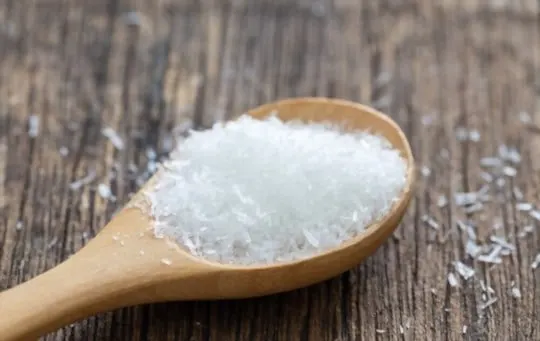
MSG has been the subject of much controversy in recent years.
Some people have claimed that consuming MSG can lead to various symptoms, such as headaches and sweating.
However, studies show no significant correlation between consumption of monosodium glutamate (MSG) and any adverse effects, including heart disease or cancer risk factors.
It’s one of the most well-researched substances in existence today; it’s found naturally in soy sauce, oyster sauces, bouillon cubes, and canned broths.
It is used as an additive to enhance flavor and improve food quality – such as improving texture or adding desired flavors to meat products.
For example, MSG can help prevent bacteria from growing on meats because it inhibits bacterial enzymes that otherwise spoil the meat.
It also increases the rate at which beef will form fibrous tissues when heated (which improves its tenderness).
MSG improves the flavor of low-salt foods, can shorten cooking time, and saves money on expensive seasonings.
MSG is a common additive for casseroles, soups, and salad dressings because it helps block the loss of savory flavors during heating or storage.
It also increases the speed at which food digests to make you feel full faster when compared with unseasoned foods (so lunch will leave you feeling satisfied).
The FDA has not banned MSG despite its widespread use worldwide since 1954 – nor does any other reputable health authority have concerns about eating this substance on an occasional basis as part of an overall healthy diet.
Side Effects of MSG
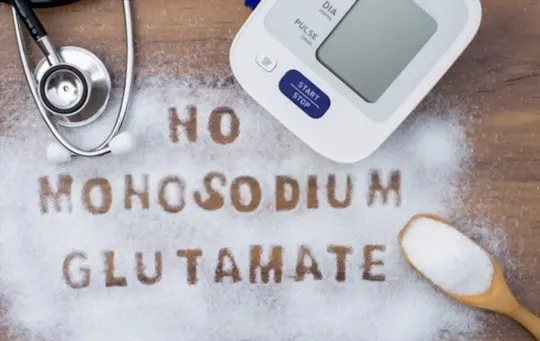
We all know that MSG is a substance added to food for flavor and taste, but what other effects does it have? MSG has been linked to migraines, asthma, and allergic reactions.
- Migraine Headaches: Studies have shown that people who suffer from migraine headaches are three times more likely to also experience them with the presence of added monosodium glutamate than if it was not added.
- Asthma: It is believed that MSG worsens respiratory conditions such as asthma because when an individual consumes this substance, they produce extra nitric oxide in their lungs, which then leads to airway constriction.
This can lead to several symptoms, including but not limited to wheezing, trouble breathing, chest pain, or tightness; these effects may be even worse for those susceptible due to a pre-existing condition like asthma.
– Allergies: When an individual consumes MSG, it can lead to several allergic reactions, including but not limited to hives, itching, swelling, or other allergy symptoms.
Can You Eat MSG Straight?

One of the most common questions people ask about MSG is whether or not it can be eaten straight.
The good news is that you probably won’t get sick by eating a small amount on its own.
However, eating more than one tablespoon could cause some unpleasant side effects like headaches and nausea.
What Does MSG Taste Like?
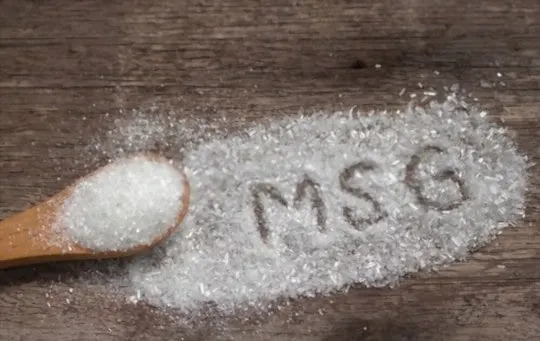
If you have ever eaten something that tastes salty, then chances are it contained some MSG.
Did you know a chemical in the food additive called monosodium glutamate makes your taste buds think fifth basic taste, alongside salty, sweet, sour, and bitter?
So what does MSG taste like? It cannot be easy to describe since it is so subtle.
If you’ve had seaweed (nori) or soy sauce, then you’re already familiar with the flavor of umami, as both are common ingredients in Asian cooking that contain glutamates.
If not, one way to think about glutamate-rich foods such as MSG is “savory,” “meaty,” or “earthy”.
Umami is the fifth real taste sensation recognized alongside sweet, salty, sour, and bitter.
This should evoke a pleasant savoriness when tasted by itself without any competing flavors.
MSG Uses & How to Use MSG in Cooking?
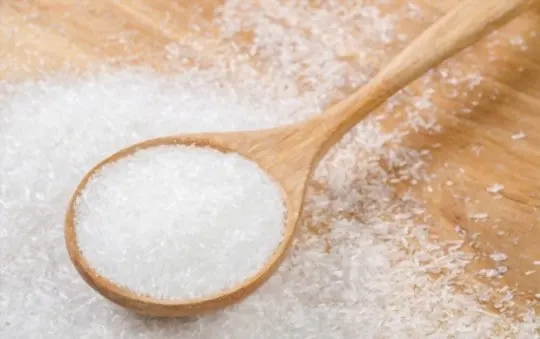
Monosodium glutamate (MSG) is an artificial flavor enhancer often used in cooking to give food a savory taste.
It reduces the strength of salt and sour flavors, making them more palatable.
MSG is used not just in Asian cuisine but also in Latin American and Caribbean dishes, particularly spice rubs.
It has various uses from meat to fish to egg and can be used in gravies or soups.
MSG works for balancing out the sweet and sour while mellowing natural bitterness found in certain vegetables.
Not only does it cut down on salt intake since you don’t need much with its use, but it also may reduce sodium consumption because less salt needs to be added.
Food products that contain MSG include chips and crackers (especially cheese flavored), canned soups, instant noodles, soup and dip mix, seasoning salt.
MSG is also present in many of the food items at fast-food restaurants.
Where to Buy MSG?

It’s a flavor enhancer that can be found in many foods, but not all.
Monosodium glutamate, or MSG, can be found in the spice aisle of most supermarkets and under the brand name “Ajinomoto” at Asian grocery stores.
The box or bag also sells at bulk food retailers like Costco, BJ’s Wholesale Club, Sams Club, and Safeway Select.
You can also buy it online.
Another widespread brand to consider for purchasing MSG is Accent Seasoning (made by McCormick & Co), which you will find on shelves near other spices and seasonings.
How to Store MSG?
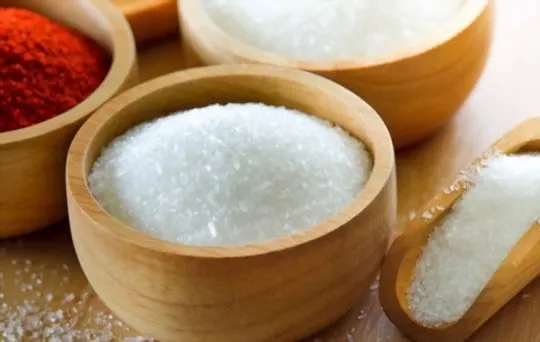
To store an MSG, you should tightly seal it in a container and keep it away from light and heat.
It will stay fresh for at least one year this way.
Conclusion
MSG is a flavor enhancer that has been used in food production for decades.
Unless you’ve already tried it, it can be hard to describe the flavor of MSG.
It is best described as having a savory or umami flavor.
It’s also the subject of intense controversy, with many people claiming it causes adverse reactions like headaches and nausea.
All in all, if you enjoy Asian cuisine, then try adding some to see how much better your meal will be.

What Does MSG Taste Like? Does MSG Taste Good?
Ingredients
- MSG
- Ingredients from your favorite recipes
Instructions
- Depending on the recipes you choose, the taste can vastly differ.
- For authentic results, it is important to choose a recipe that will highlight the original flavor.
- Have fun experimenting with different recipes and taste tests!
